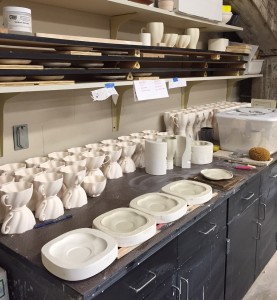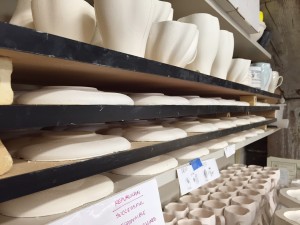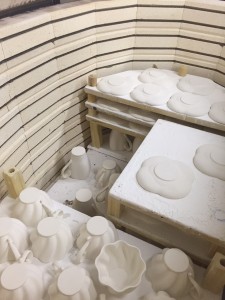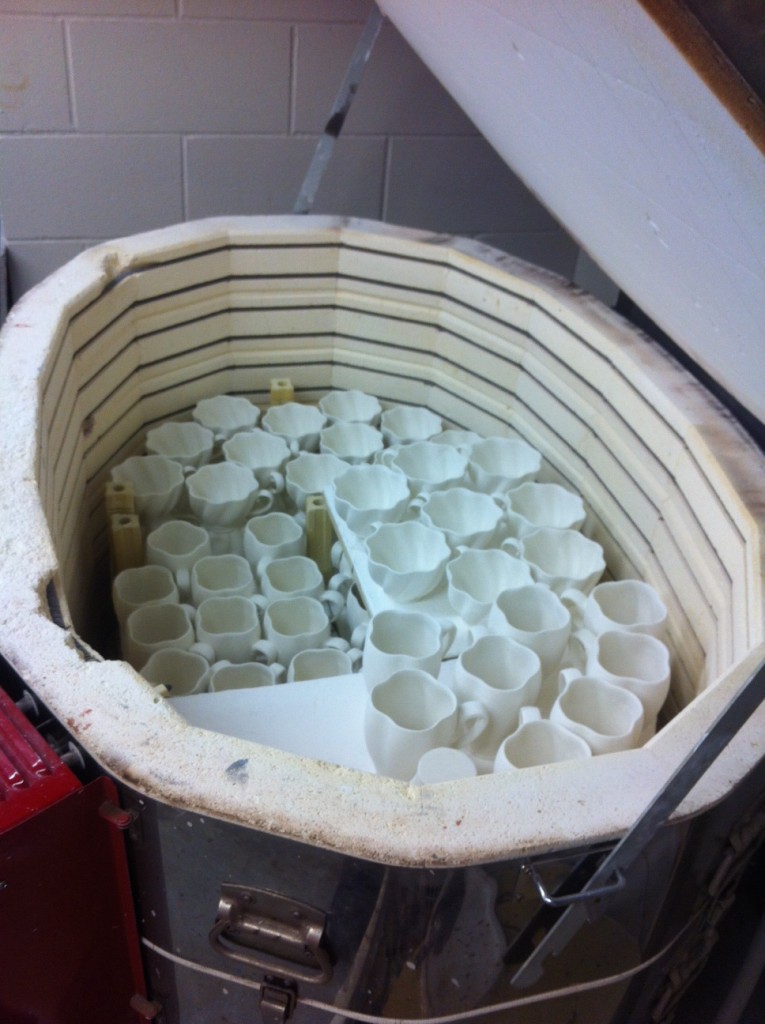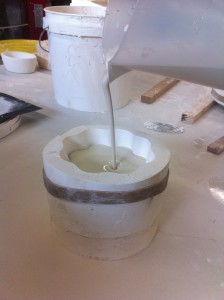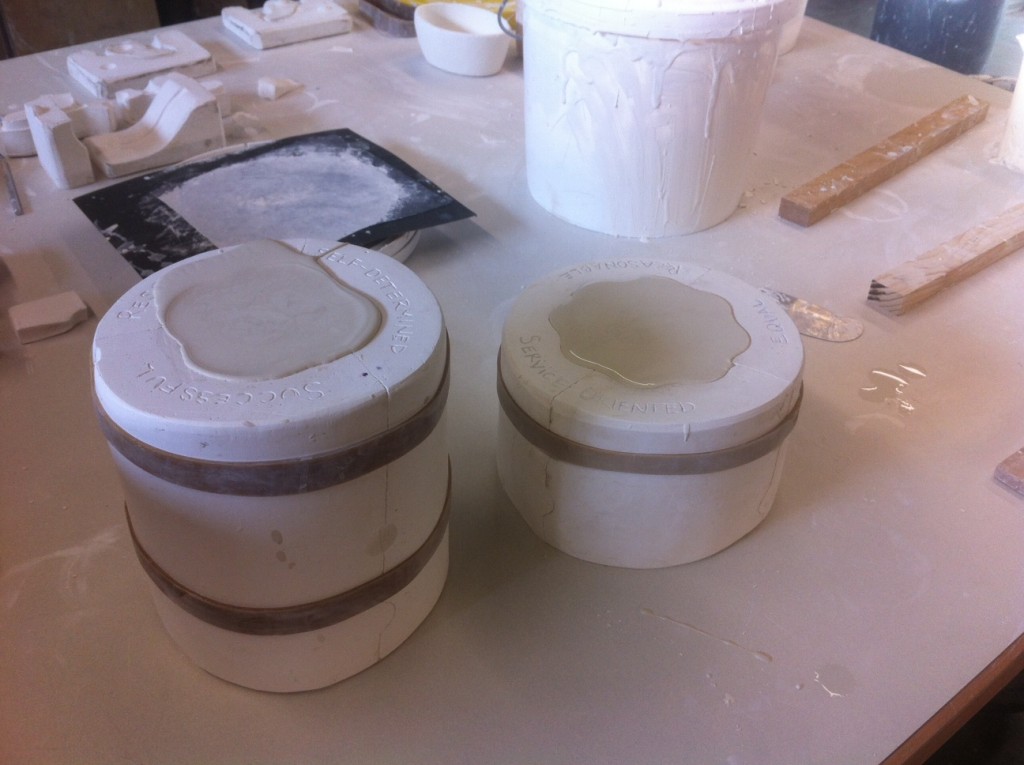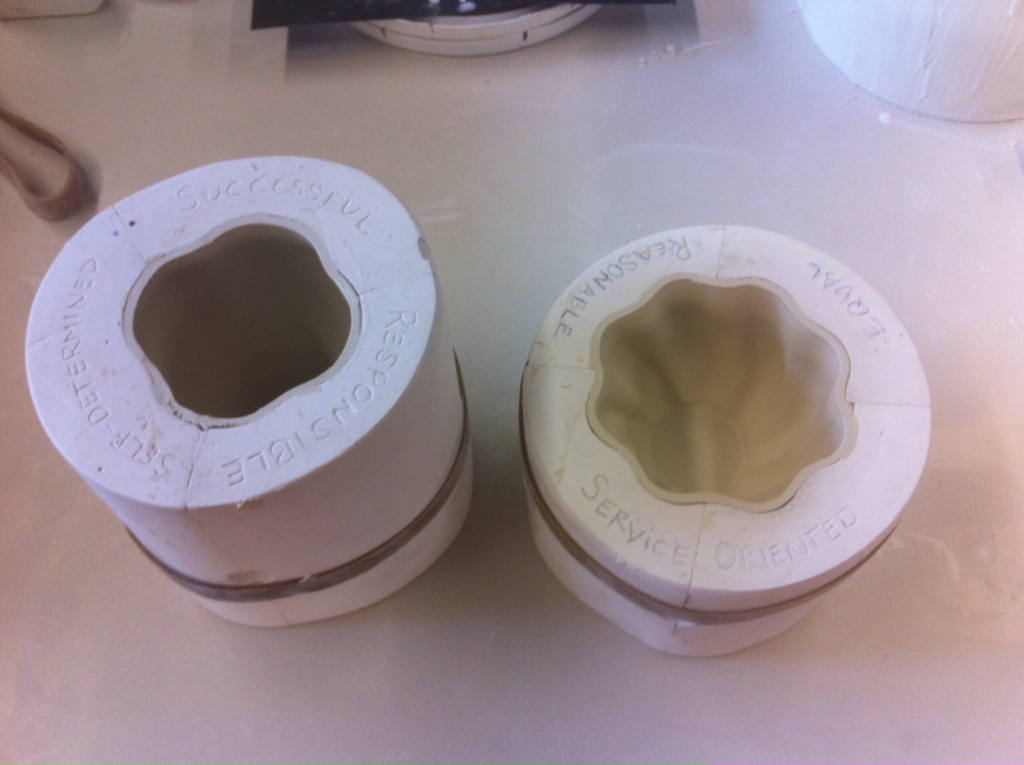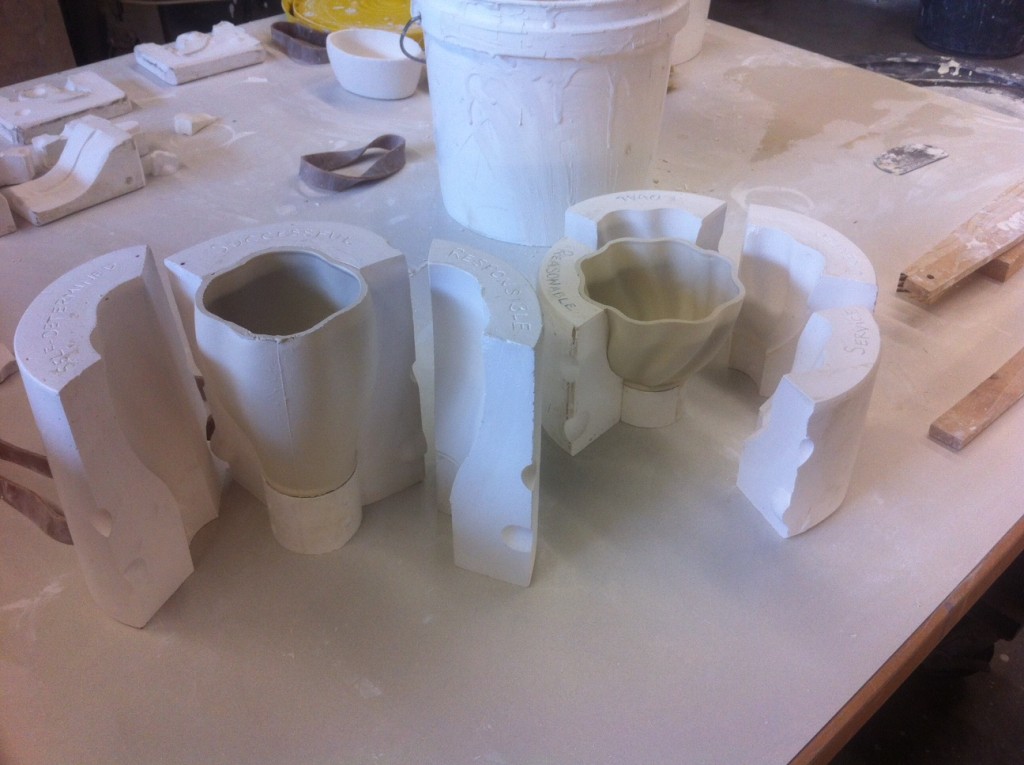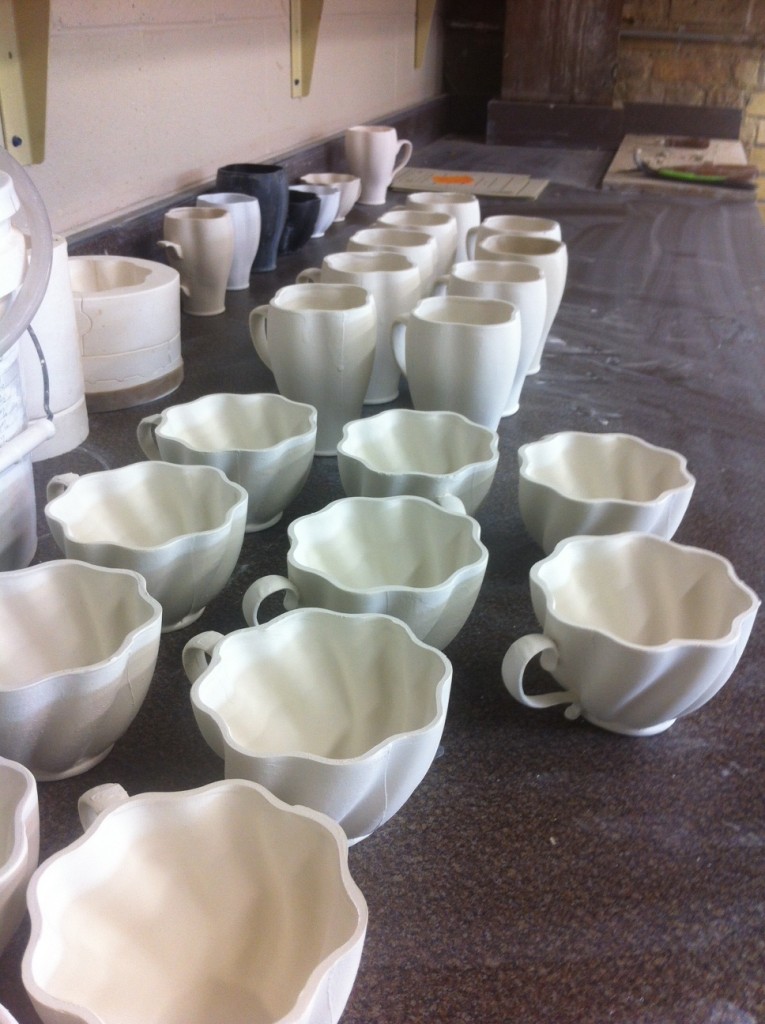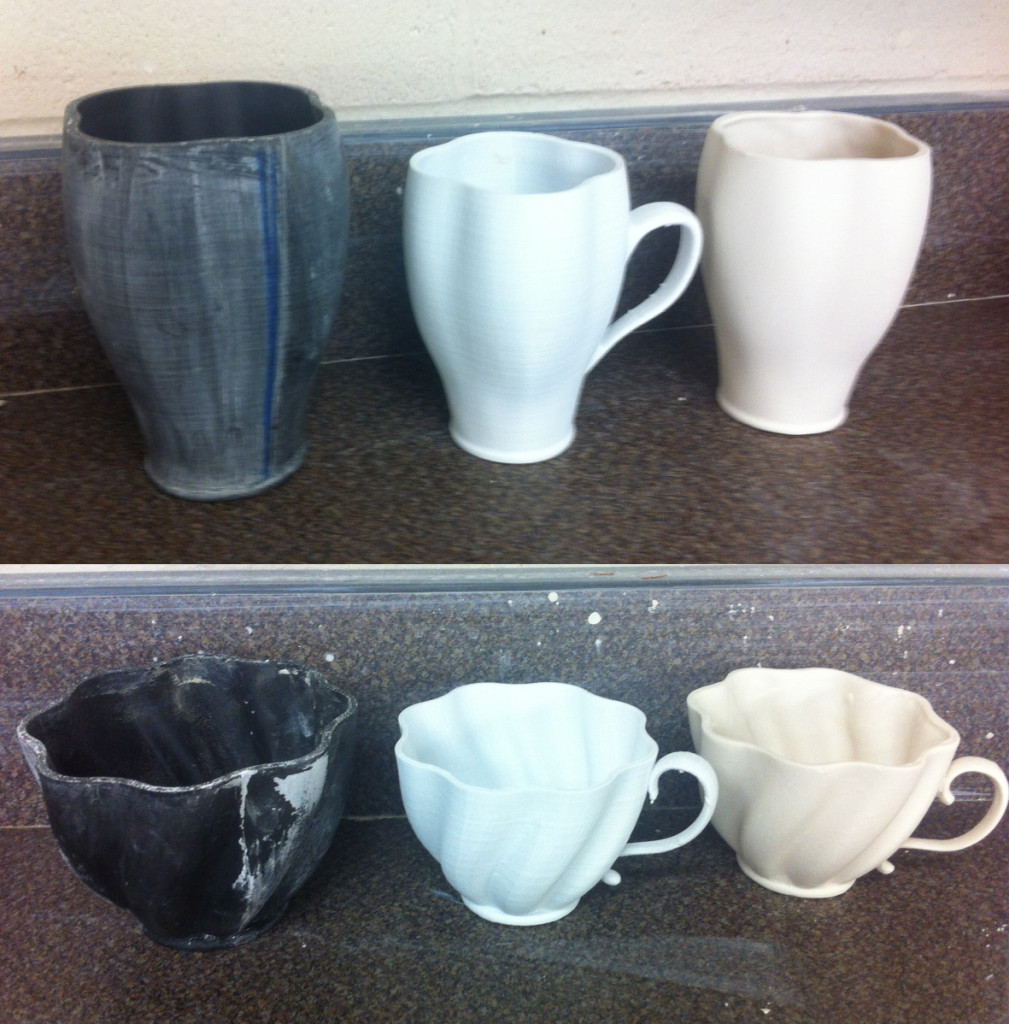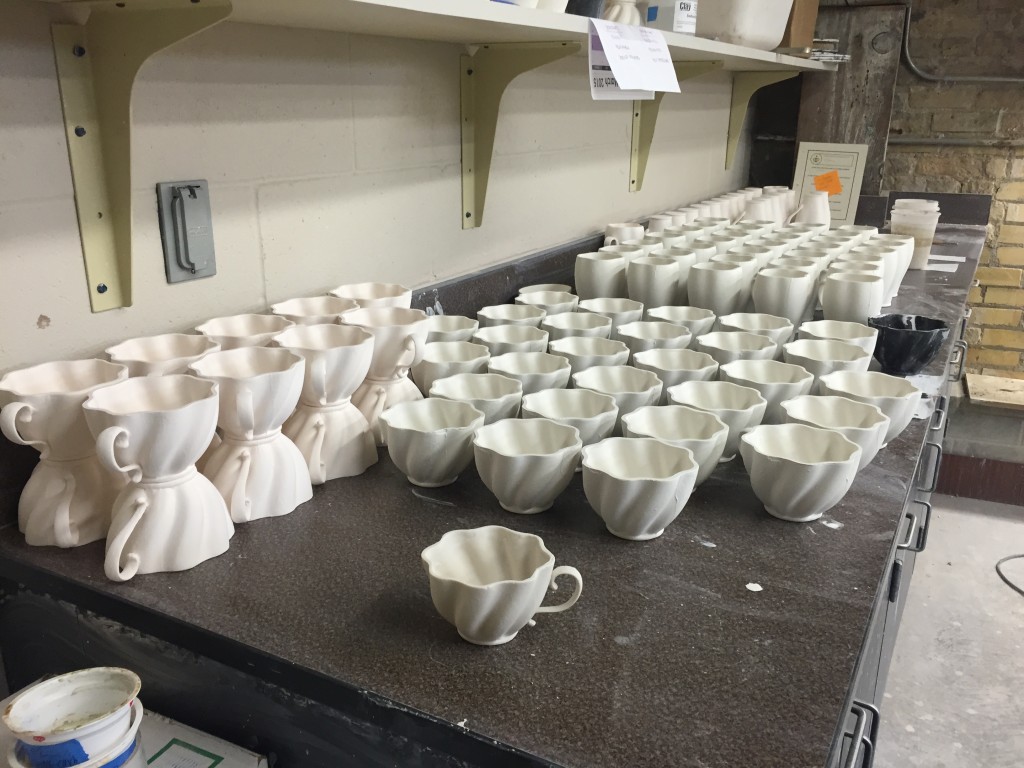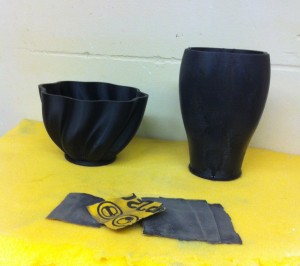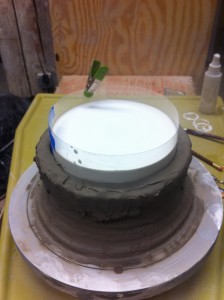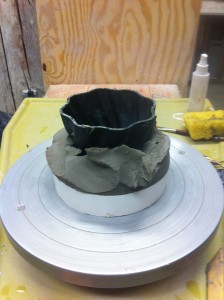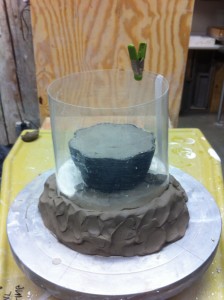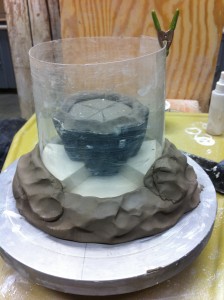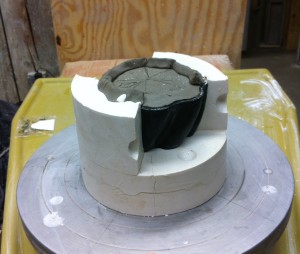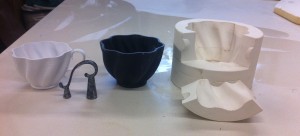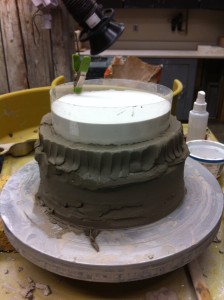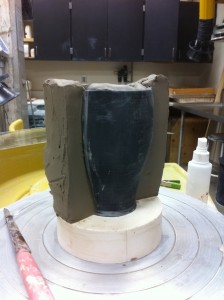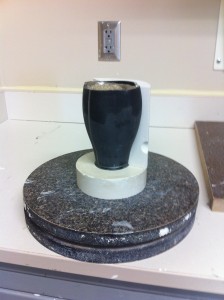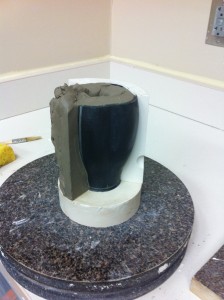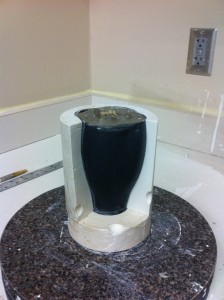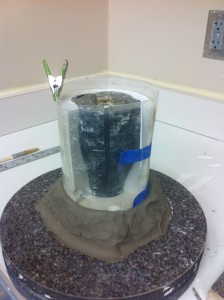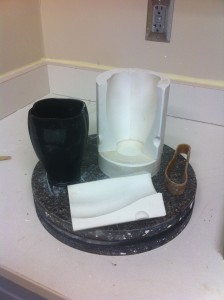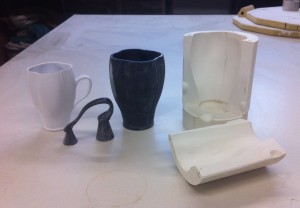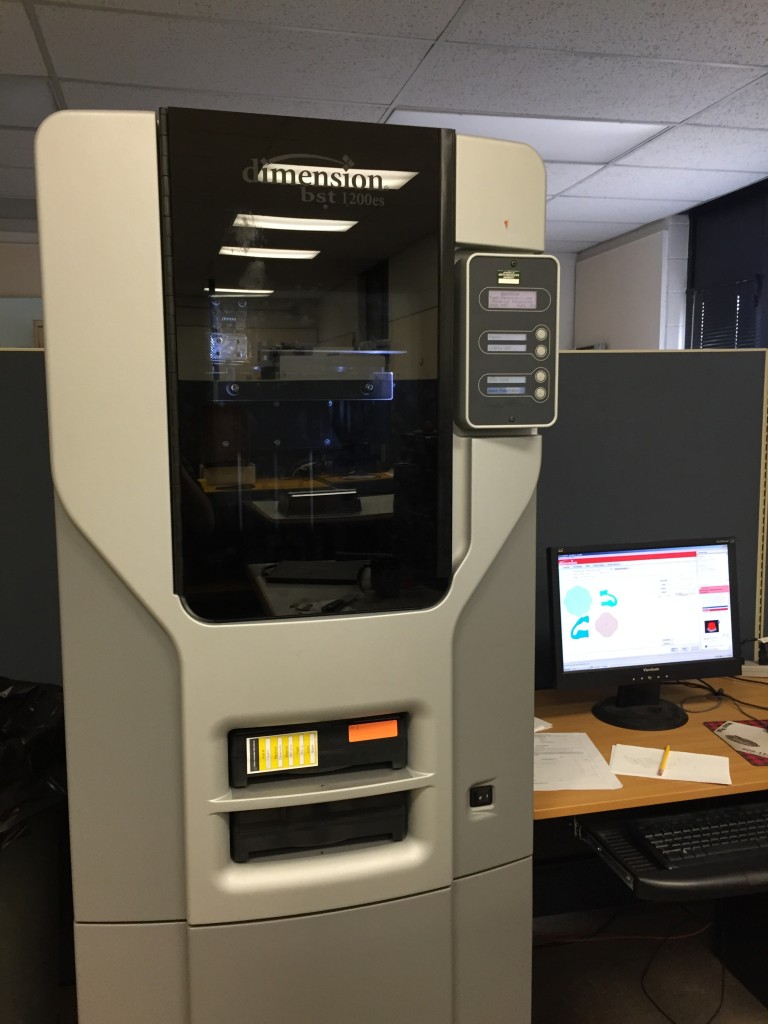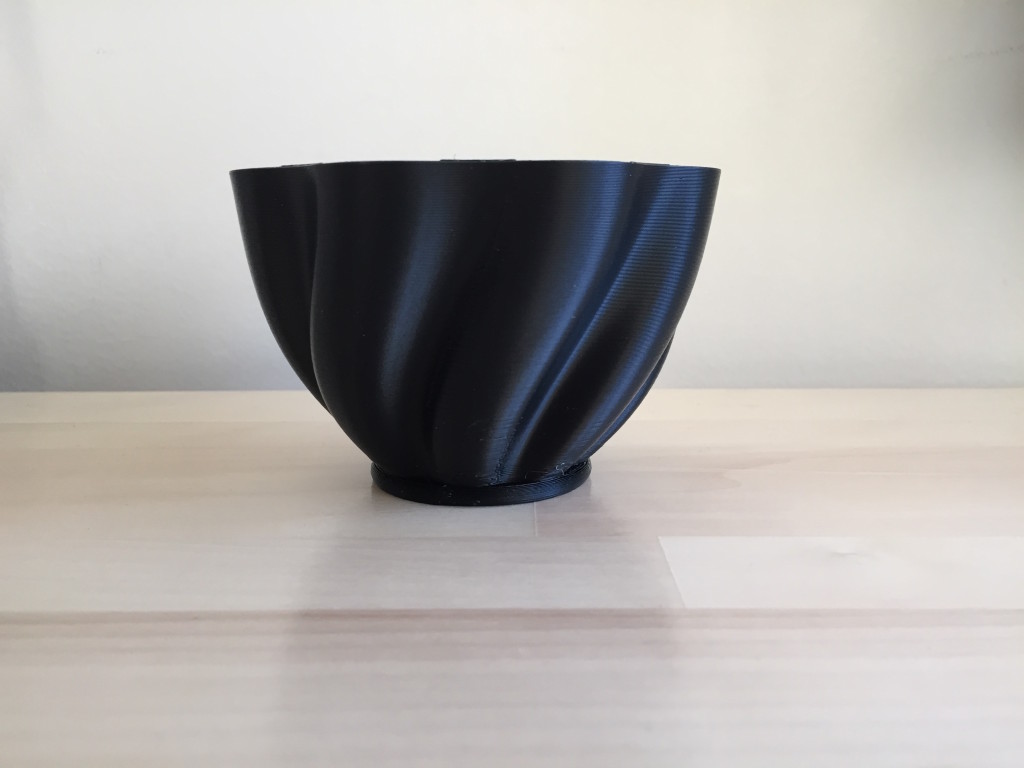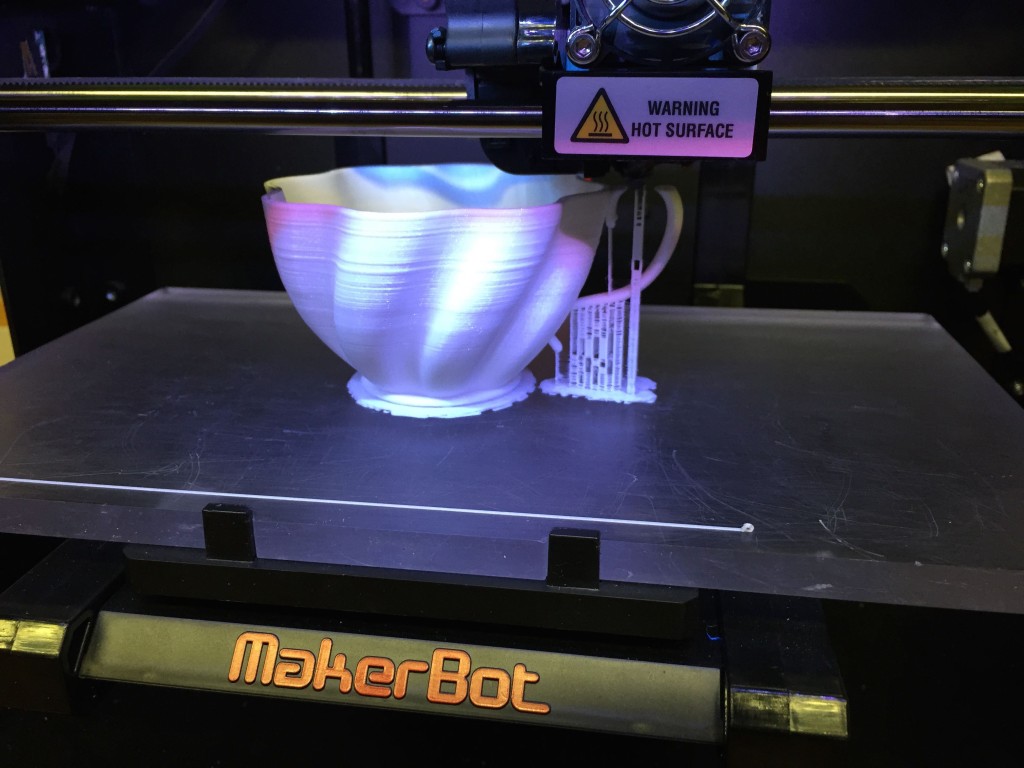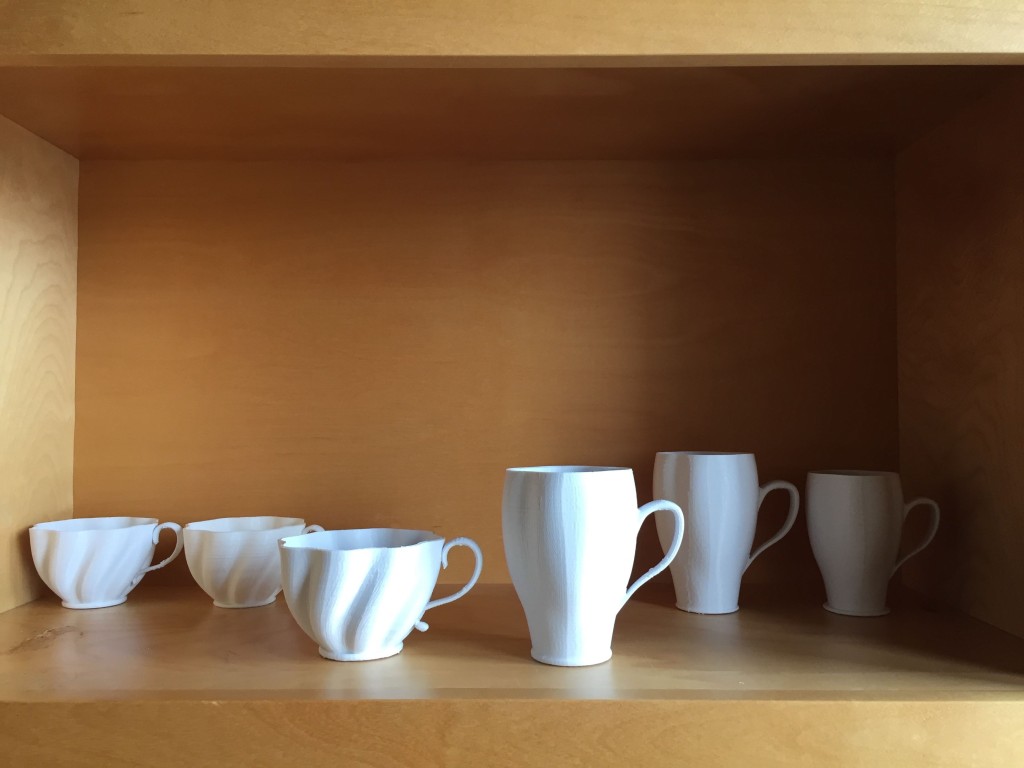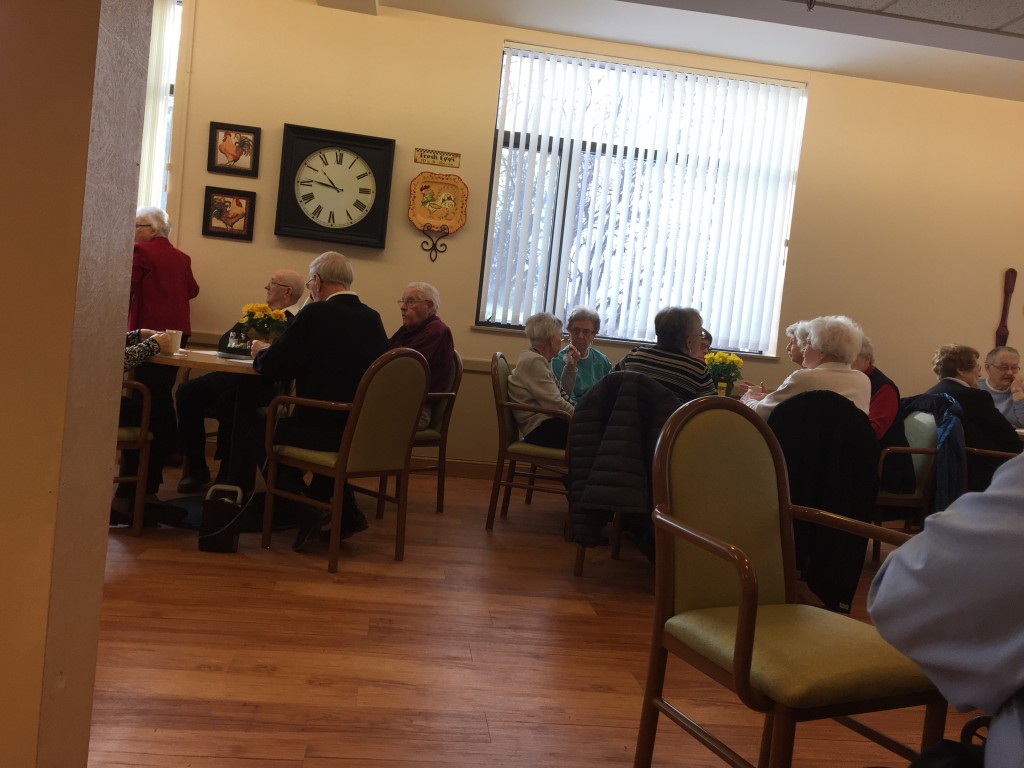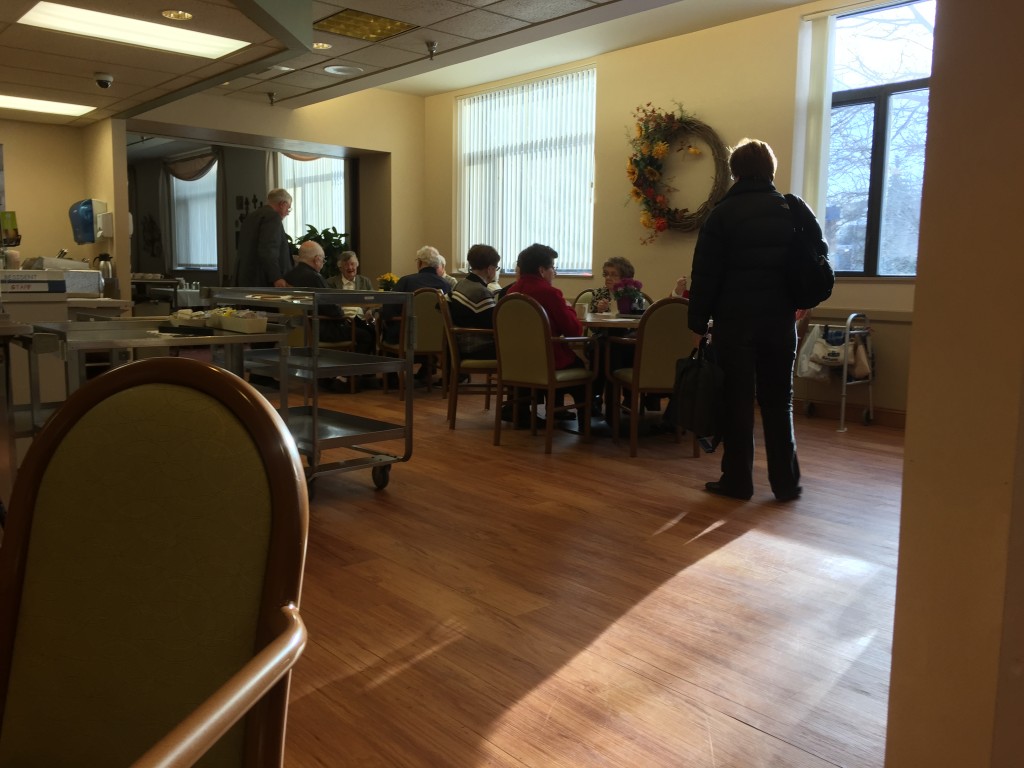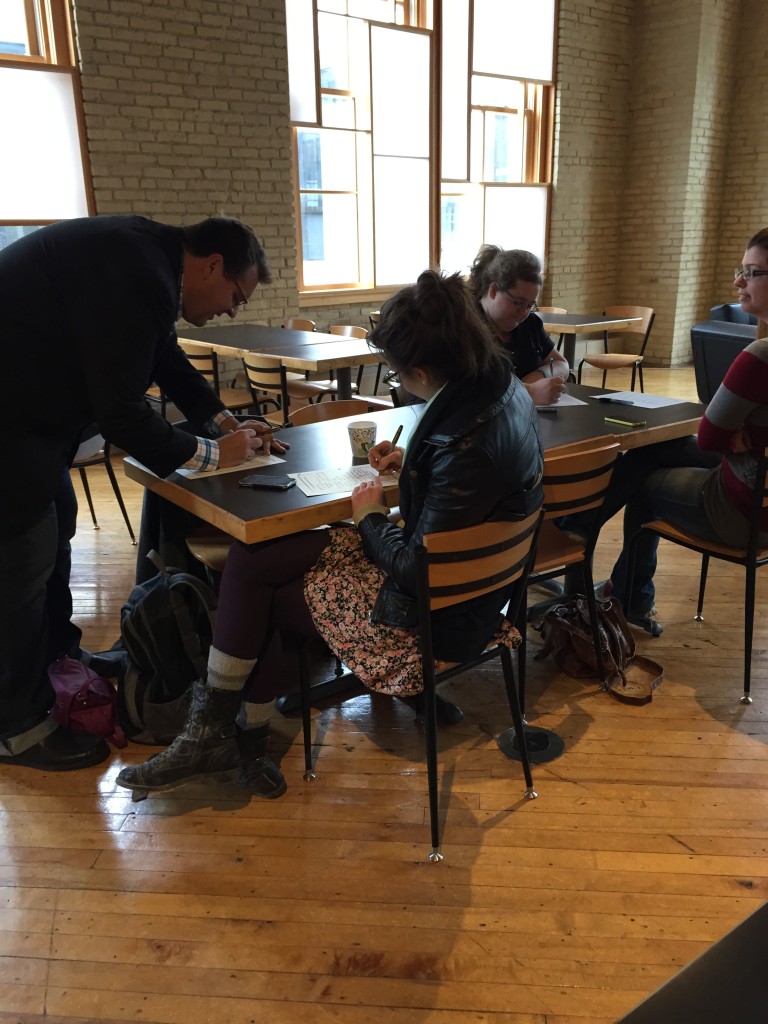Michael J. Strand
The project is very simple (or so I thought) – Make two sets of cups and saucers, one representing the Republican Party, the other representing the Democratic Party. Simply swap the saucers and create an unmatched set: A cup from one party and a saucer from the opposing party. Deliver these misfit cups and saucers to each Unite States Senator with a simple request. “Please go across the aisle, and engage with one-another over a cup of coffee, when you do so feel free to swap saucers to create a matched set as a symbol of human scaled conversation”.
I began this journey a bit over four years ago and when I look back at my state of mind at that time I can say with utmost honesty and vulnerability that I was a naïve optimist in both the potential of the project and the ease at which I could get the project done. I am used to simply willing things to happen, and this was a challenge that has taken far more than personal will or effort.
Four years ago I worked with student Maren Shallman on an initial engagement with Senator Kent Conrad’s office in North Dakota. The staffers at the office were very willing to meet and gave a generous amount of time to the project, trying to find a way to move it through the US Senate office in an official way THROUGH a Senator. Unfortunately, the project proved to either be to hot of a topic, or not really worthy of their time – I would like to think the former, but honestly, I get why delivering cups from a potter would not be a priority. After a few months of back and forth, the project met a wall and at that time I put it on the proverbial “back burner”. I did not put it away however, and nearly every day I thought about new ways to engage in the process.
Two years ago, after a couple of years of contemplation, I failed to learn from my own history, and went down the path of doing the project through a U.S. Senator once again, this time through Senator Heidi Heitkamp’s office in Washington D.C. Unfazed by my first attempt, I was “sure” that by going to Washington D.C. and sitting down with staffers I would be one step closer to the realization of the project and making this happen. My meeting in D.C. was highly positive, and from that meeting I was confident that this project would find it’s way to the U.S. Senate through a Senate office, ensuring that at least the Senators would see the object. Again, two months of conversation led to another reluctant but certain “no go” from a Senate office, this time over concerns of Ethics violations over gifts from one senator to another.
A bit over one year ago, I started a third strong campaign to get this project to move forward this time with a completely new strategy. The reality is that you can deliver gifts with a value of less than $50 to your own senator, and they will accept them. So, I started the project once again, this time with a team of designers, PR folks and writers to reengage with the project and form a marketing strategy to get people involved and raise funds enough to cover the costs of the project. The team of individuals was amazing, designers Jordan Nelson, Jeff Knight and Dirk Munson, writer Jason Jacobson and filmmakers Justin Kvalie and Preston Johnson. The focus of the effort was on creating a kickstarter campaign, and everyone did an excellent job, the problem was that I was internally very uncomfortable in the project transforming into a marketing campaign. Many hours and thousands of personal dollars later, I put the project on hold once again, for artistic reasons. Intuitively, it just was not right. The lesson in this case was that I focused too much effort on “the ask” and not enough effort on the ethics of the project. The project today would never be at the place it is without the efforts of the individuals who participated in this phase, and while it did not come to fruition under this iteration, a great deal was learned.
This is the life of difficult projects – it is not easy.
This leads us to today and a realization that has completely changed the project. I had an epiphany, a moment of clarity on why the project kept finding a wall and it was two very important reasons. First, I was afraid. For the first time in my life as an artist I was really, truly, FOR REAL, absolutely afraid of the project I was doing, even though I loved the idea I was afraid because in many regards I was alone. Second, “I was in love with an idea, and it was a bad relationship”. I was so enamored with my own “cleverness” over the hook of the project that I forgot some very important principals in my own practice. I was so in love with the idea that I became myopic in my vision of itscapabilities to engage beyond the Senate engagement. In fact, I was so in love with the idea, I had no idea how to actually make it happen in a way beyond “a smart ass potter from N.D. thinks we should have coffee”.
In order to get to this place it took many conversations with people I love and trust – Professor Angela Smith at North Dakota State University, my friends Jill Foote-Hutton, Namita Wiggers and one very honest and dead on comment from Dandee Pattee who stated before the abandoned Kickstarter phase of the project “This project does not seem like you” – That quote changed the course of the project. Additionally it took an exceptionally gifted student intern, Sarina Sandstrom to sit down and talk about the potential of the project from a public history perspective and voila – we are on to the final stages of the project.
The other important factor here is that I was awarded a $100,000 Bush Foundation Fellowship for two years, in essence eliminating the need for funding. I could now focus entirely on the project as part of my learning experience as part of the two-year fellowship.
This moment of clarity, along with funding to make it happen, has allowed the project to go back to some of my own standards of practice and create a framework for participation and creativity that allows the voice of people to be carried through the project. In order to do this, we questioned the premise as to whether this is a good idea by asking nearly 1000 people in the ND region some very simple questions. Without knowing the results of this informal survey, we engaged with the public to learn about our perceptions of our political process and the people that make it happen. The engagement was a fair cross section of this populace with churches, community groups, students, and average folks in the region responding to the questions.
The results of our engagement are surprising and empowering. It is important to consider the context of our engagement with the public. North Dakota is a strongly Republican state, where the tea party has a strong presence and a conservative outlook accompanies the will to survive in a harsh climate. It is also a state that has a very cooperative history, with a state-run bank and grain elevator. North Dakotans understand and blend the need for cooperation and conservative principles. How can we survive in this unforgiving climate without both? The answer is clear, we can’t.
The questionnaire results? Overwhelmingly, folks identified our current political process as negative – not entirely surprising given the current political narrative in the United States. What was surprising however, was the nearly unanimous request that our elected officials work well together across the aisle.
Additionally we asked people to identify qualities of each party, and to identify one person they admire or respect from each party as a way to gather some reflective perspective on the people and personalities that make up our political process.
The results of this process also created a second moment of clarity when I realized that there is NO WAY I could design and make the objects based on this feedback through my own artistic practice alone. I am too biased in my own politics but also in my aesthetic. The project would carry too much of my own artistic weight and thus it would negate all of this effort to engage with the public. The answer was to look to two colleagues at North Dakota State University, Helen Otterson, a ceramic artist and Peter Atwood, a digital designer.
Instead of creating the objects on my own, I have brought on Helen and Peter as design collaborators to work through a series of design charettes.
This is a somewhat complex process, but involves looking at trends and duplications within the information gathered from the public and assembling words that positively associate with each party and then taking this language and creating objects that associate with this language. Of course we have not removed all of our aesthetic bias, the objects are well designed and are impacted by our collective perspective – but I can also say with confidence that they now accurately account for the information gathered from the public.
Additionally the questionnaire asks individuals to name a person from each side of the political aisle that they respect and admire. From this we have assembled a top 5 list from each party and we will be making digital decals of these figures to put on the bottoms of the cups and the tops of the saucers. When the mismatched sets are put together, an individual from each party will be face to face with one another when the cup rests in the saucer. One might consider this a “kiss”, or perhaps a stare down, whatever is preferable. This will add to the humor and tension of the project when the box is opened at the Senate offices.
At this stage we are in the final moments of design development and will be in production by March 10th.
A final barrier to project success to overcome: The recent events in Paris involving terrorist activity has heightened security measures and created a bit tenser atmosphere of protection around any political institution in the United States. So one final hurdle is to reconsider exactly how they are delivered, it may very well take place as planned as a group of people hand delivering, but I am working through the logistics as I write this. But in finding the answer I am about to go back to where I have always done well, in engaging with the public for the solution.
More on that soon.
